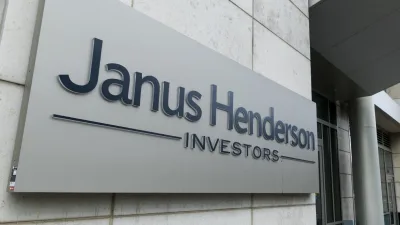Infrastructure investment remains low



Allocations to global listed infrastructure represented only three per cent of the entire listed infrastructure universe, acccording to an AMP Capital whitepaper.
This compared to 30 per cent of global real estate investment trusts.
The group's head of global listed infrastructure, Tim Humphreys, said global listed infrastructure had strong and unique cash flow characteristics along with liquidity.
"The cash generated by the underlying assets provided investors with stable, reliable and growing income. This stability meant [investors would have] reliable dividends that grew at attractive rates, often above inflation."
Notwithstanding that, there would be increased investment from the private sector, as governments around the world would worked to reduce expenditure.
Governments were the traditional providers of infrastructure, but since the global financial crisis, balance sheets were under increased pressure, and that meant governments had to list their infrastructure assets, Humphreys said.
Cash flows would continue to grow between seven to nine per cent over the medium to long-term.
Recommended for you
Financial advisers have expressed concern about the impact including private market exposure is having on their tracking error budget, according to MSCI.
State Street will restrict its membership of global climate alliance Net Zero Asset Managers after the organisation dropped its flagship 2050 goals amid ESG backlash from the US.
Betashares has launched a global shares and a global infrastructure ETF as part of the firm’s strategic expansion strategy to support financial advisers in building more diversified portfolios.
Global asset manager Janus Henderson could be acquired after receiving a non-binding acquisition proposal jointly from a private investment firm and venture capital firm.











